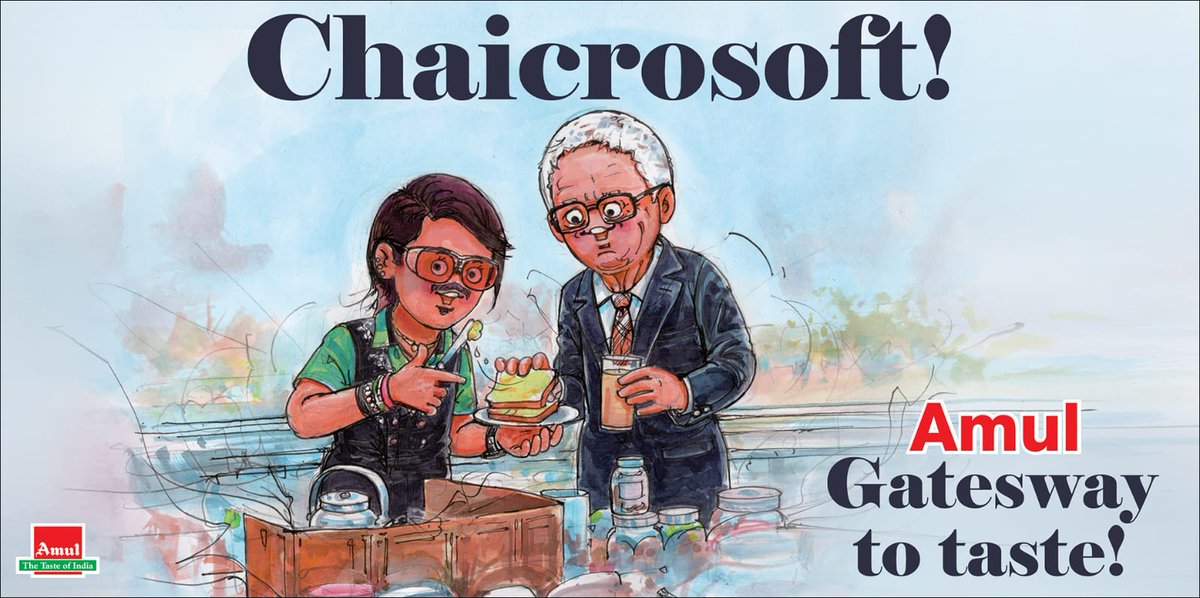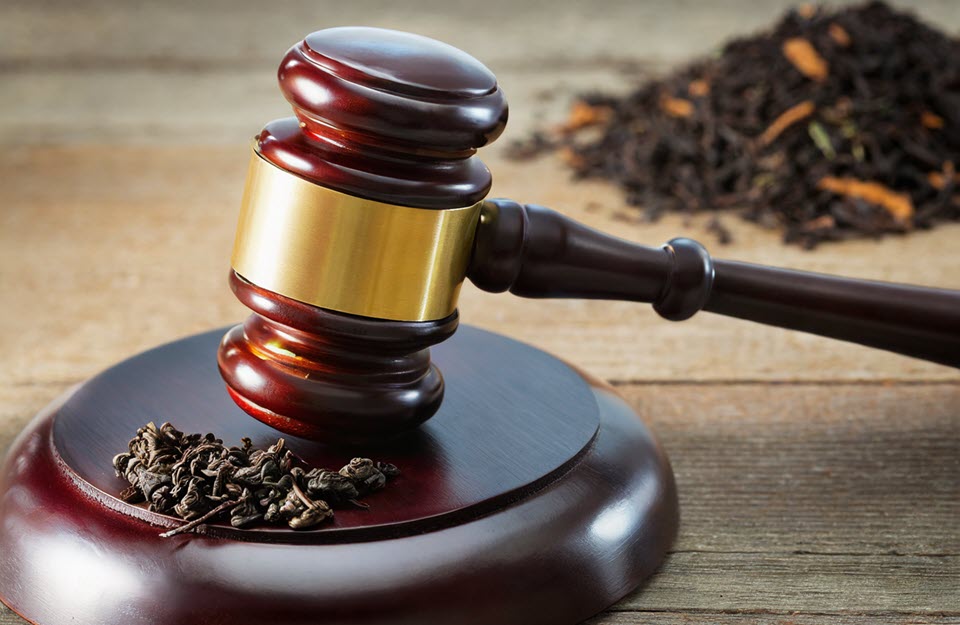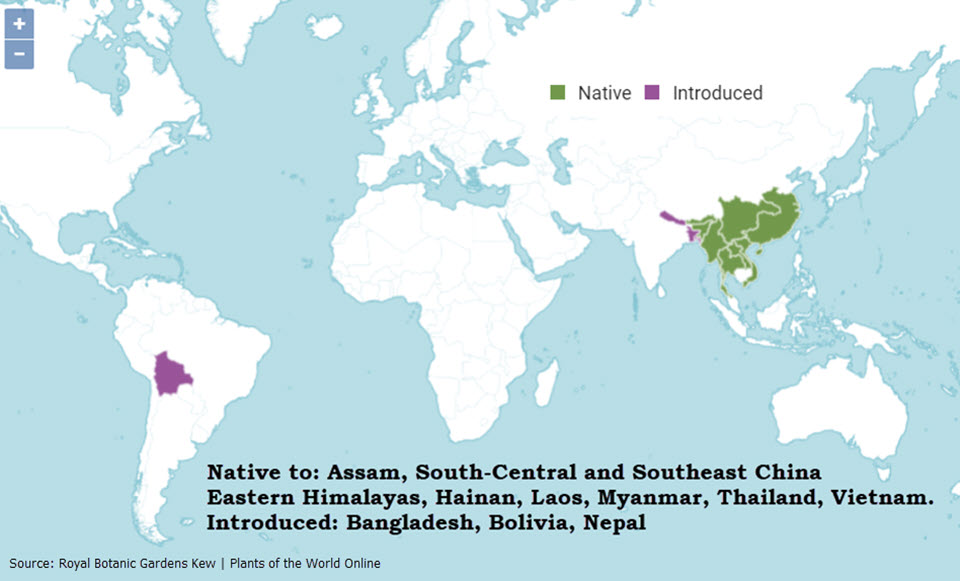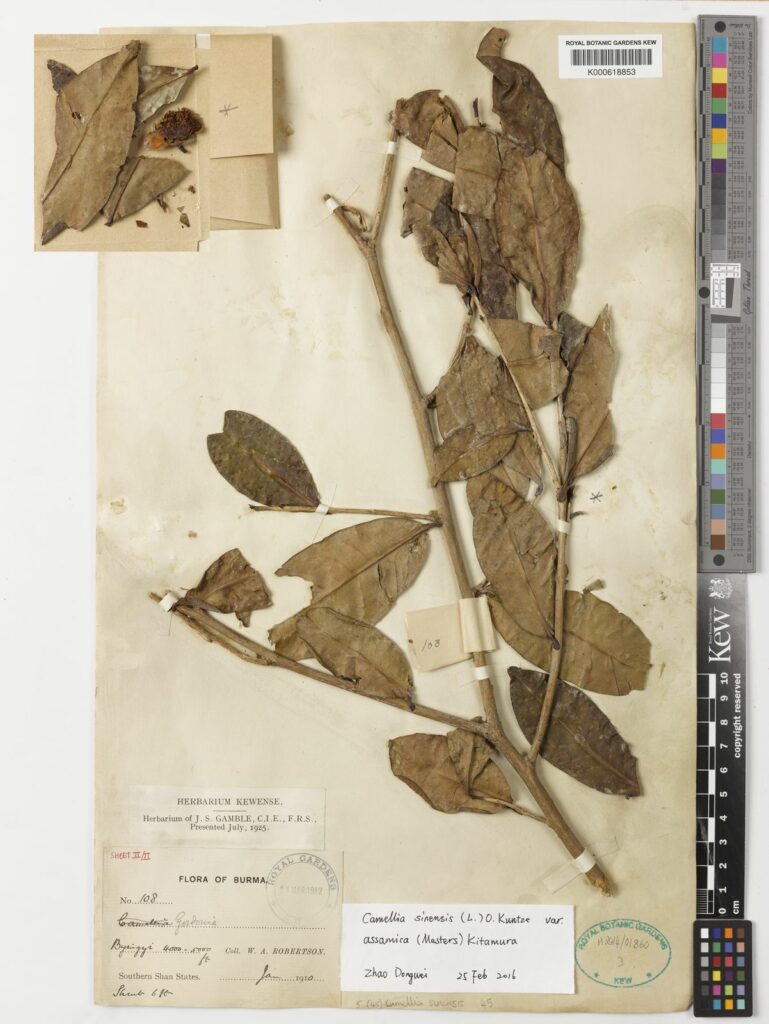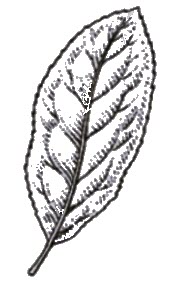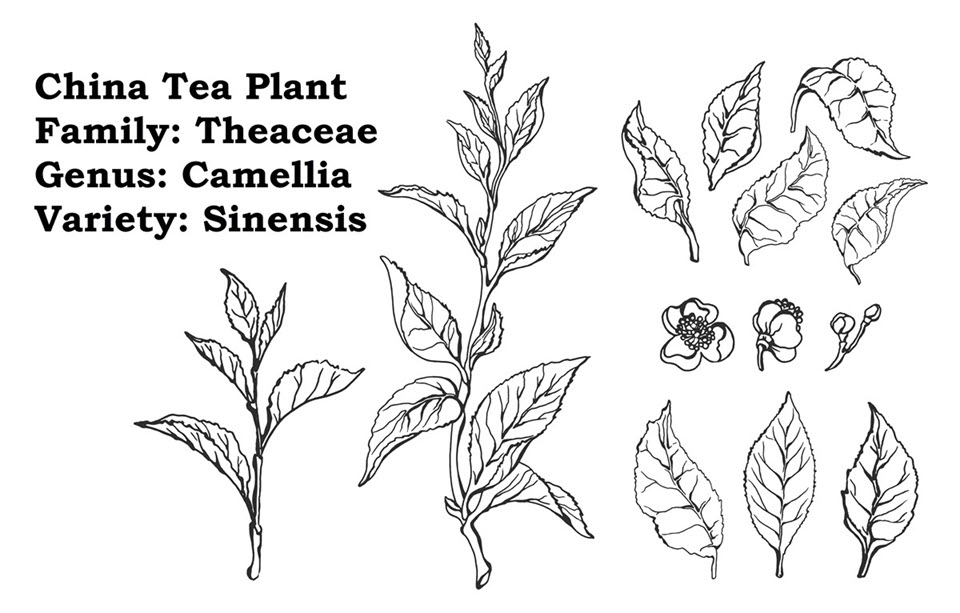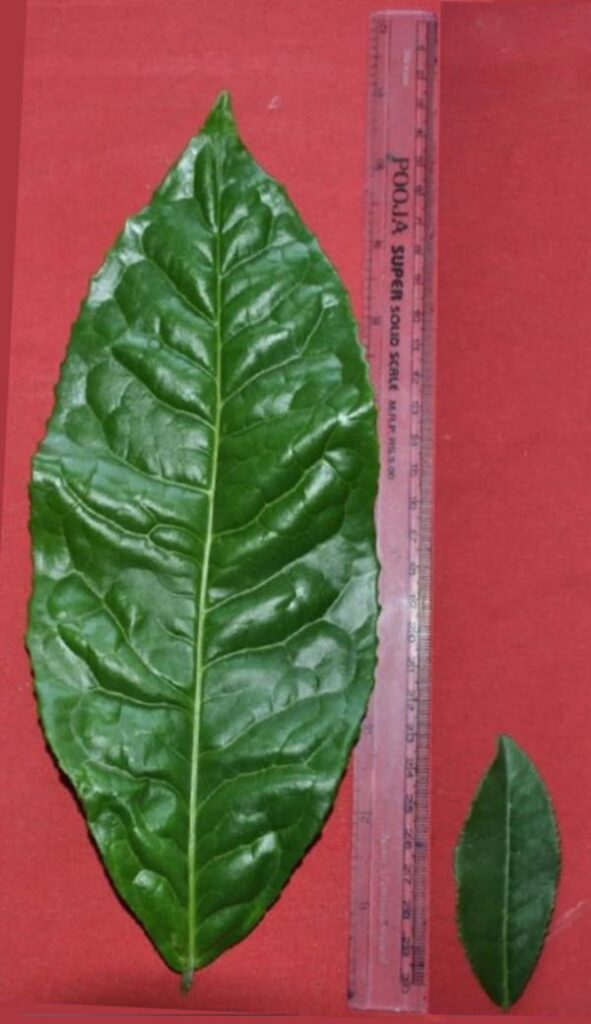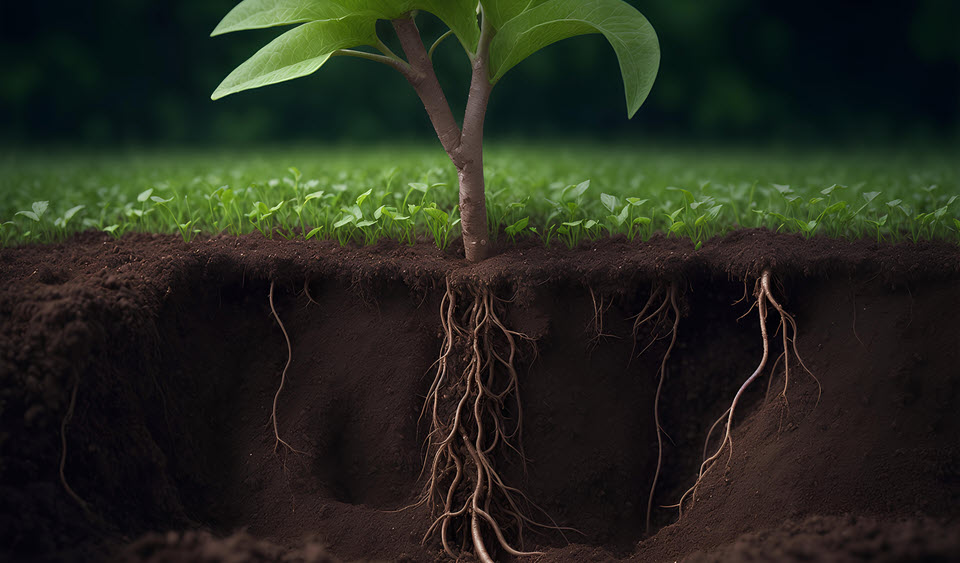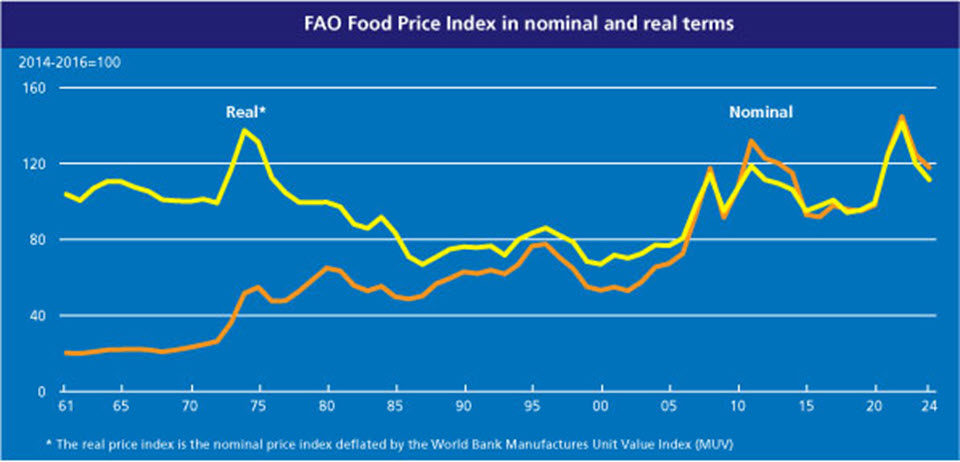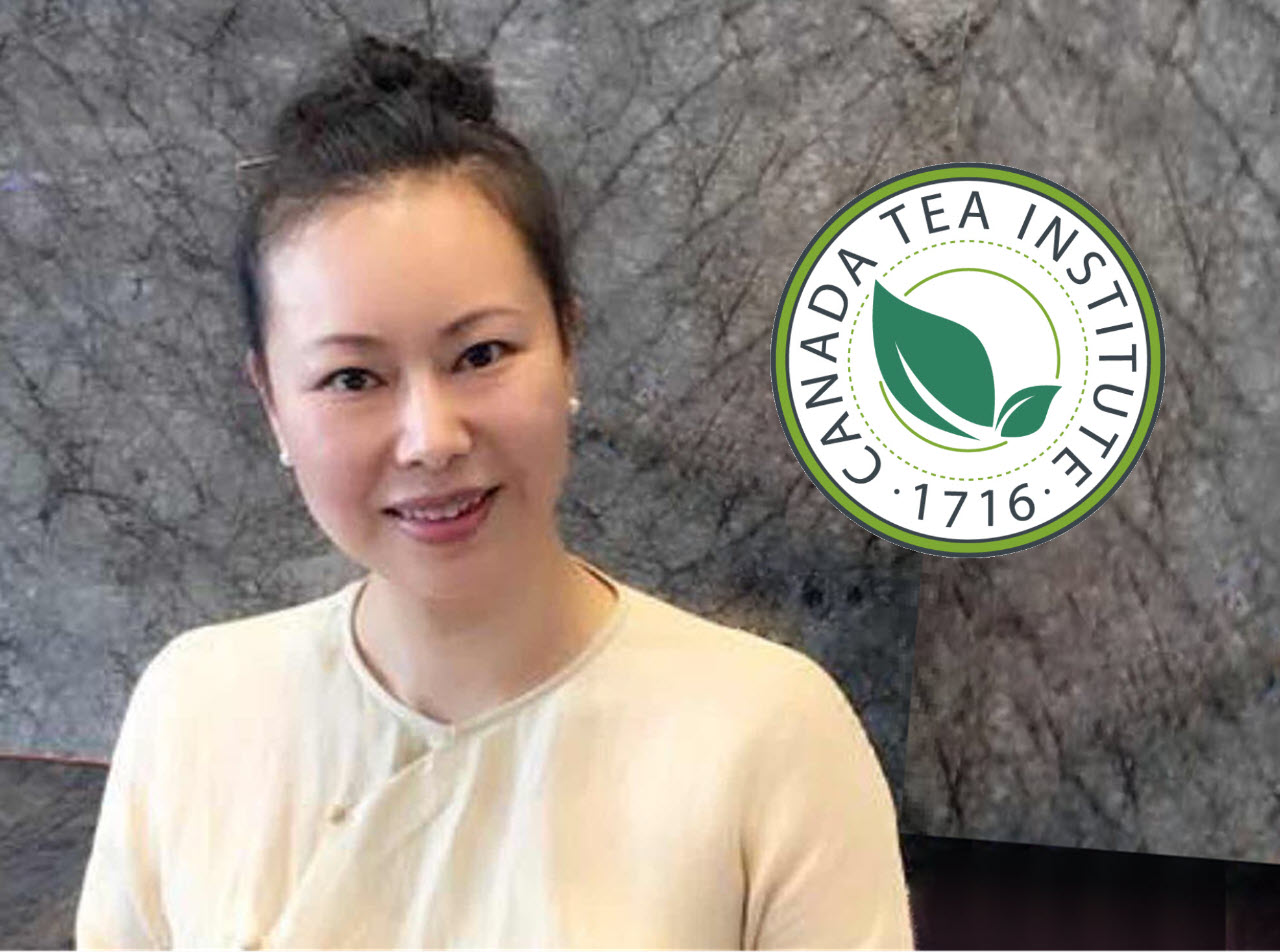Episode 158
Sailing Through the Tea Doldrums | India Budgets a Big Increase for its Tea Industry | Crude Tea Production in Japan Declined in 2023
Tea News Recap | March 8, 2024
Powered by RedCircle
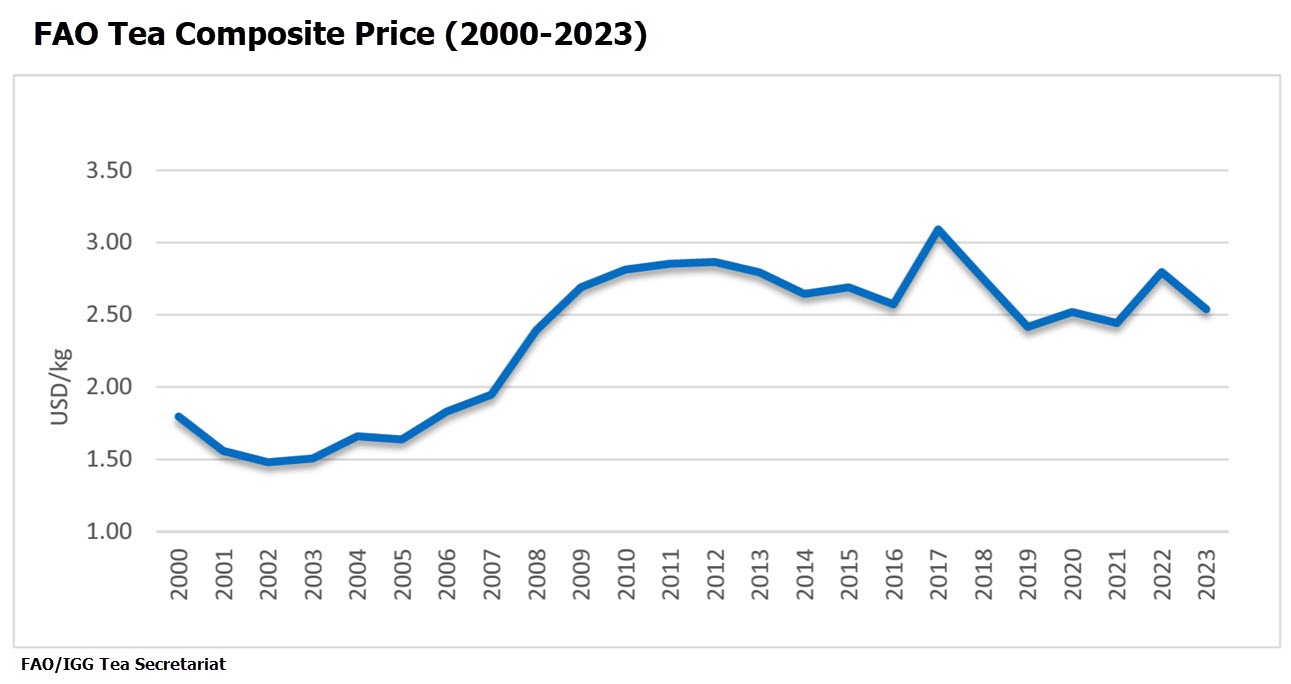
Sailing Through the Tea Doldroms
By Dan Bolton
Slack sails signaled trouble for sailors plying the trade routes of yore. The Intertropical Convergence Zone, known by sailors as the doldrums, describes a monotonous, windless passage. This is a helpful metaphor describing the past 25 years of tea exports. Like the converging trade winds, the impact shifts with the seasons and location, but the overall drag on productivity, resources, and profits is global.
The Tea Association of India warns these times signal a return to the “dark phase.”
Ajay Jalan, president of the Tea Association of India (TAI), cited stagnant prices, oversupply, a widening gap between demand and supply, and a “race to the bottom” for cheaper teas.
Speaking to delegates at the association’s annual meeting, he was quoted in The Hindu, saying, “The economic strides made by our nation are indeed commendable, yet the tea industry is currently experiencing challenges reminiscent of the dark phase two decades ago.” Twenty-two years ago, India’s tea industry experienced a severe downturn until 2007 (when a global recession extended the pain).
India is not alone. China’s tea export value declined by 16% to $1.74 billion in 2023 (down by $343 million), falling below $2 billion. China’s export value fell by 9.6% in 2022. Export volume remains low in Sri Lanka, but tea value rose to $1.3 billion in 2023. After exports fell to $940 million in 2022, Kenya was the only top five tea producers to show gains in volume and value. Export earnings rose 31% to a record $1.24 billion in 2023. Export volume grew by 72.5 million kilos year-over-year to 523 million kilos.
Record volume, but the price per kilo for auctioned tea averages hovered around $2.25 per kilo — well below 2022 when prices peaked at $2.74 per kilo.
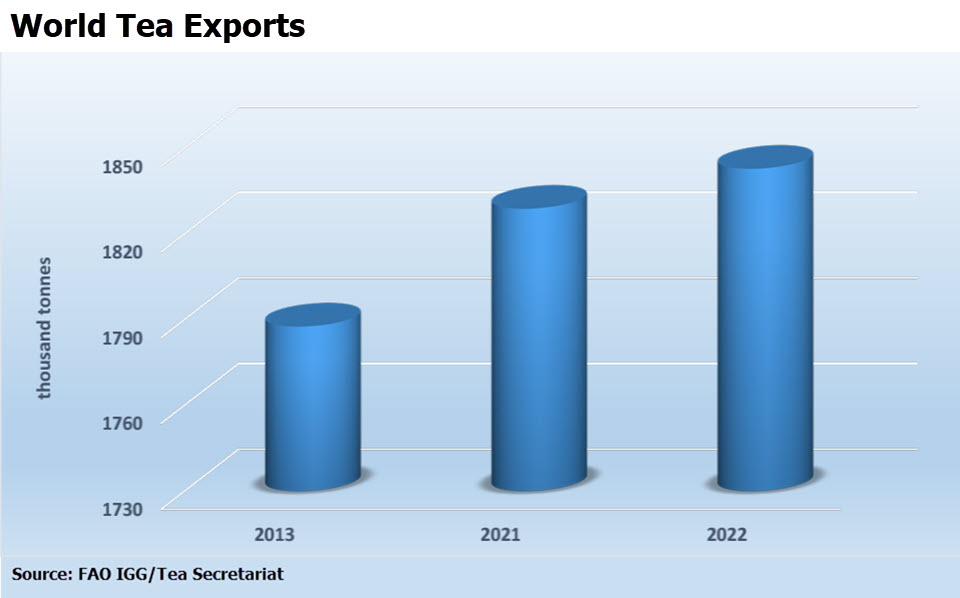
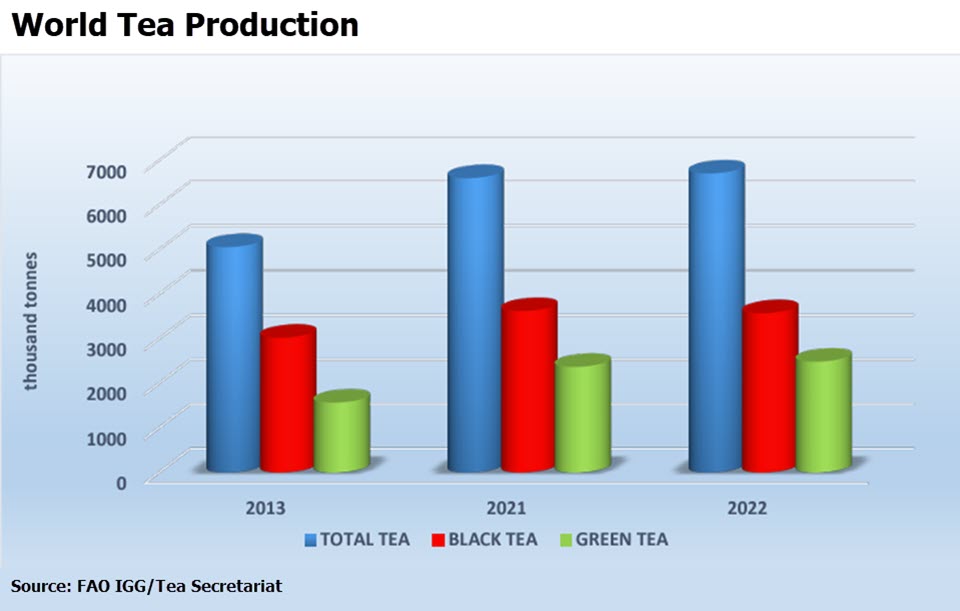
“Global sales of exported tea from all countries totaled $7.87 billion in 2022, up by a flatlining 0.2% since 2018, when worldwide tea exports were worth $7.86 billion,” according to analyst Daniel Workman at World’s Top Exports. “Year over year, the value of worldwide tea exports shrank by an average -8.8% compared to $8.63 billion in 2021. Only China, Sri Lanka, and Kenya generate more than $1 billion in dollar value, accounting for 60% of global export value.
Demand is steady, but prices are stagnant, preventing producers from keeping pace with rising labor and input costs. Mass market retailers continue to pressure brands, which pressures margins, which averaged only 5% in India last year and have fallen 150 basis points since 2022, according to Crisil Ratings.
The UN FAO’s Intergovernmental Group on Tea (IGG/Tea), at its 25th Session in January, released a comprehensive analysis everyone in the industry should read.
The report states, “International tea prices, as measured by the FAO Tea Composite price, a weighted average price index for black tea, including crush, tear, curl (CTC) and Orthodox teas, remained firm over the last decade.
In this instance, “remaining firm” means losing ground.
The report summarizes the key takeaway: “Over the last decade, world tea intake increased annually by 3.3%, reflecting strong growth in producing countries that have more than offset declines in traditional importing markets.”
The good news is that FAO projects long-term demand for tea is rising. Global intake has increased by 3.3% annually for the last decade. Year-over-year consumption expanded by 2% in 2022.
The bad?
After increasing by 14.5% in 2022, tea prices fell by 9.2% in 2023, as availabilities expanded while demand slowed, putting downward pressure on prices.
FAO writes, “Diversification and value addition are vital to boosting the sector’s performance, as consumer behavior is evolving towards specialty and high-quality tea products.”
Eliminate the surplus, destroy waste leaves, and pivot to quality.
The race to the bottom is exacting much too high a price
See: Pandemic Reshuffles Tea Export Rankings

Share this post
Episode 158 | Sailing Through the Tea Doldrums | India Budgets a Big Increase for its Tea Industry | Crude Tea Production in Japan Declined in 2023 | Episode 158
Dan Bolton
I am a niche content creator specializing in fostering genuine connections globally through informative, educational, and captivating conversations centered around the world of tea. | Host | Tea Biz Blog | Podcast

Episodes 1-49
Ep 50-96
Ep 97-148
Ep 149-158
Powered by RedCircle


